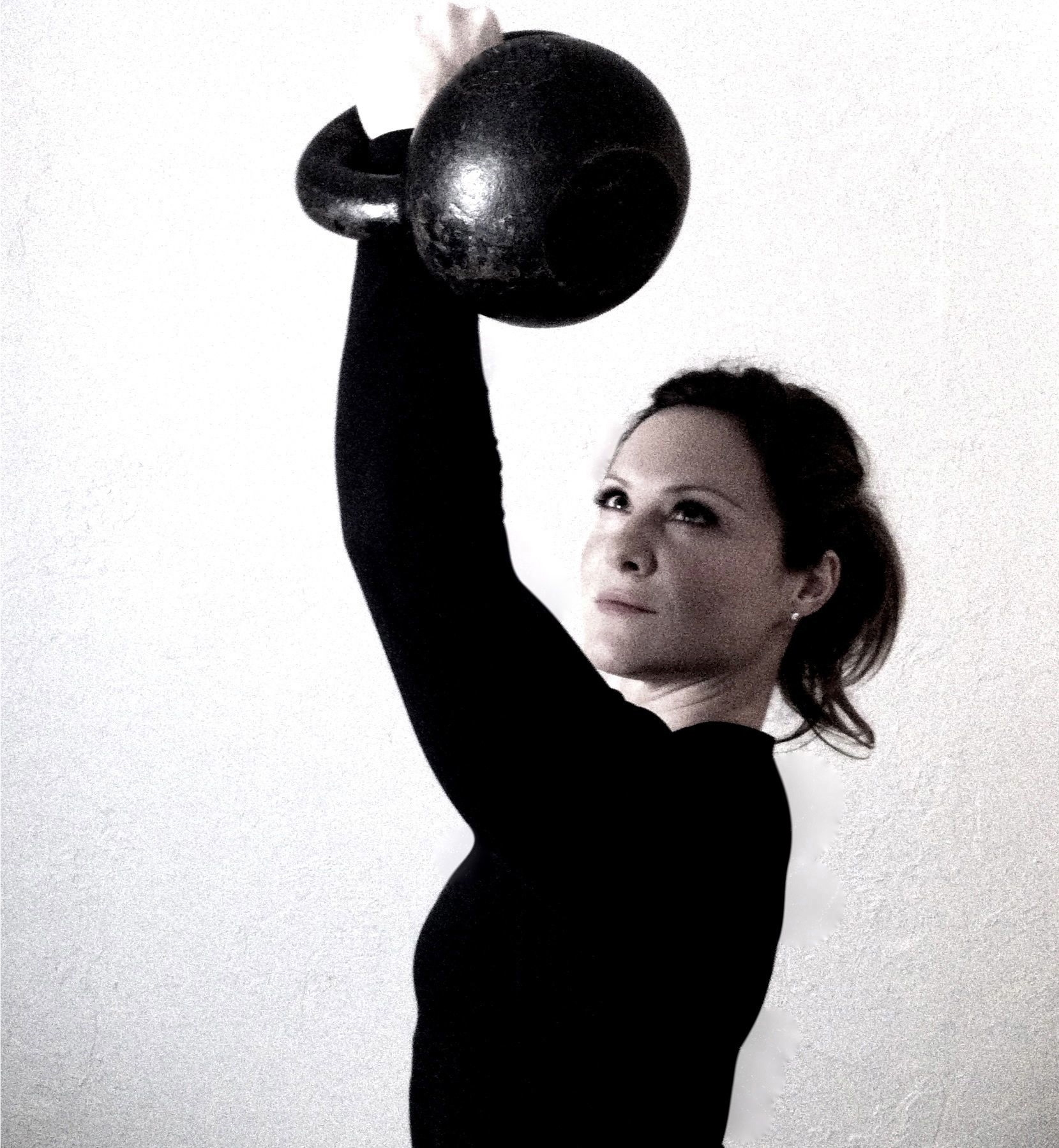Deleted member 6651
Guest
Hello,
I was listening to Pavel talk on some video and he was talking about barbells as an example and how males shouldn't even be using the 1.25 or 2.5kg plates and really only stacking up 5kg plates per increase. He made a funny remark how you dont see russians adding those washers (500 gram weights)
In this video he also said same deal with the Kb's thats why Men go from 16-24kg not 16-20kg in simple, it jumps by 8kg not 4kg.
Anyway I listened to the somewhat explanation for this and I have to ask...
If someone is power lifting or strength training... if they are say at 50kg over head and they successfully complete the sets/reps... theres no way in the world adding 10kg to that (5kg plates as stated by Pavel) and expect to do anything with that. The shoulders are not a very big muscle that can handle that and little load is a lot for them.
Anyway hes talking about shocking body Im remembering "progressive overload" (which seems to be contrary to what he is saying).
So whats up with that idea and is it even scientifically based or is this pseudoscience stated by some guy somewhere? I mean... people been training in the gym for many years, going from the days of Arnold the guys before him and after him... did they all jump weights or progressive overload? So why is a time tested thing now questioned or have i missed something?
I was listening to Pavel talk on some video and he was talking about barbells as an example and how males shouldn't even be using the 1.25 or 2.5kg plates and really only stacking up 5kg plates per increase. He made a funny remark how you dont see russians adding those washers (500 gram weights)
In this video he also said same deal with the Kb's thats why Men go from 16-24kg not 16-20kg in simple, it jumps by 8kg not 4kg.
Anyway I listened to the somewhat explanation for this and I have to ask...
If someone is power lifting or strength training... if they are say at 50kg over head and they successfully complete the sets/reps... theres no way in the world adding 10kg to that (5kg plates as stated by Pavel) and expect to do anything with that. The shoulders are not a very big muscle that can handle that and little load is a lot for them.
Anyway hes talking about shocking body Im remembering "progressive overload" (which seems to be contrary to what he is saying).
So whats up with that idea and is it even scientifically based or is this pseudoscience stated by some guy somewhere? I mean... people been training in the gym for many years, going from the days of Arnold the guys before him and after him... did they all jump weights or progressive overload? So why is a time tested thing now questioned or have i missed something?

